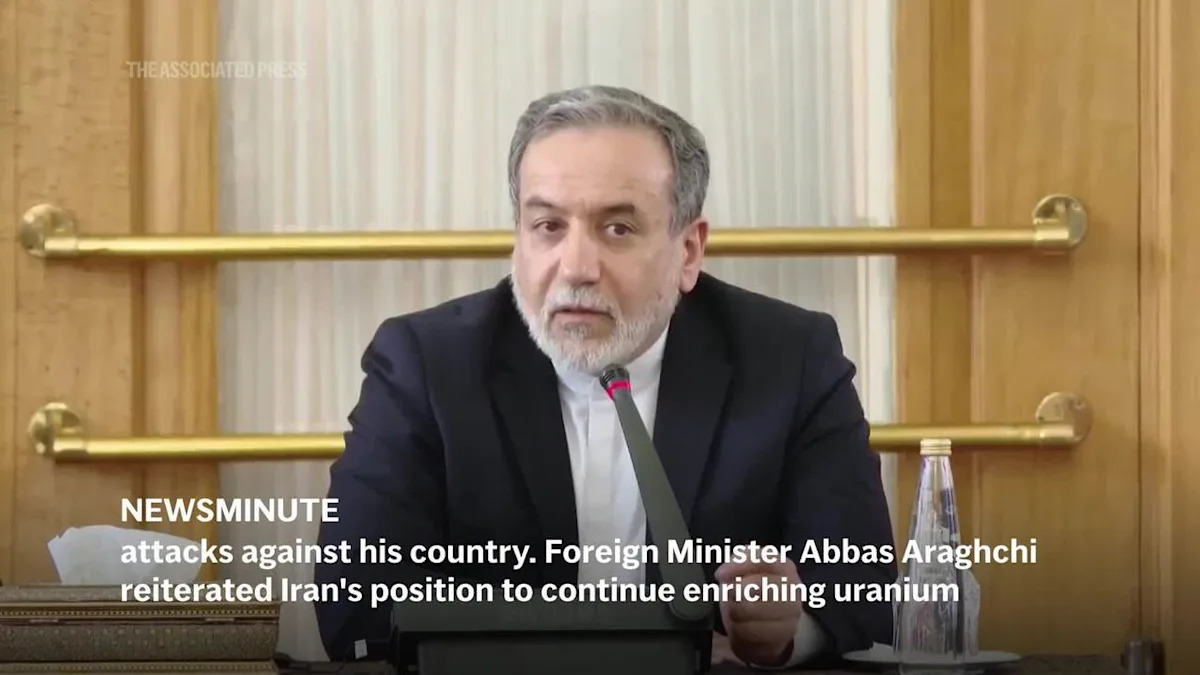Introduction
The collaborative development of the BrahMos supersonic cruise missile by Russia and India has garnered significant global attention. Nations seeking to bolster their defense capabilities are expressing interest in this advanced weapon system, recognizing its potential to alter international military dynamics.
Development and Capabilities of the BrahMos Missile
The BrahMos missile, a product of the joint venture between India’s Defence Research and Development Organisation (DRDO) and Russia’s NPO Mashinostroyeniya, stands as a testament to international defense collaboration. Named after the Brahmaputra and Moskva rivers, the missile exemplifies the fusion of Indian and Russian technological expertise.
Key features of the BrahMos missile include:
- Speed: Capable of reaching speeds up to Mach 3, making it one of the fastest cruise missiles in operation.
- Range: Operational range varies by platform, with ship-launched versions reaching up to 900 km and air-launched variants up to 500 km.
- Versatility: Designed for launch from multiple platforms, including ships, submarines, aircraft, and land-based mobile launchers.
- Precision: Equipped with advanced guidance systems, achieving accuracy with a circular error probable (CEP) of approximately 1 meter.
Global Interest and Export Initiatives
The BrahMos missile’s advanced capabilities have attracted interest from various countries aiming to enhance their defense arsenals. Notably, the Philippines has entered into a $375 million deal with India for the acquisition of BrahMos missiles, marking a significant step in defense cooperation between the two nations. This move is perceived as a strategic measure to counter regional threats, particularly in the South China Sea.
India’s proactive approach to exporting the BrahMos missile aligns with its broader defense export strategy. The country aims to achieve $5 billion in defense exports by 2025, with the BrahMos program playing a pivotal role in this ambition. The missile’s versatility and proven performance make it an attractive option for nations seeking reliable and advanced defense solutions.
Strategic Implications for International Military Dynamics
The proliferation of the BrahMos missile among various countries carries significant strategic implications:
- Regional Power Balance: Nations acquiring the BrahMos can enhance their deterrence capabilities, potentially altering regional power dynamics and prompting neighboring countries to reassess their defense postures.
- Defense Collaboration: The joint development and export of the BrahMos missile underscore the importance of international defense collaborations, setting a precedent for future cooperative defense projects.
- Arms Race Concerns: The spread of advanced missile technology may trigger concerns about a regional arms race, necessitating diplomatic efforts to maintain stability.
Technological Advancements and Future Developments
Building upon the success of the BrahMos missile, India and Russia are collaborating on the development of the BrahMos-II, a hypersonic cruise missile expected to achieve speeds up to Mach 8. This advancement aims to enhance strike capabilities and maintain a technological edge in missile technology. The BrahMos-II is anticipated to have a range of approximately 1,500 km, further extending its operational reach.
Additionally, efforts are underway to integrate the BrahMos missile with various platforms, including the Indian Air Force’s Su-30MKI fighter jets. This integration enhances the flexibility and responsiveness of the missile system, allowing for rapid deployment across diverse combat scenarios.
Challenges and Considerations
While the BrahMos missile offers numerous advantages, its proliferation raises certain challenges:
- Export Regulations: Compliance with international arms control agreements, such as the Missile Technology Control Regime (MTCR), is crucial to ensure responsible missile technology dissemination.
- Regional Stability: The introduction of advanced missile systems can impact regional security dynamics, necessitating diplomatic engagement to prevent escalation and maintain peace.
- Technological Safeguards: Ensuring that exported missile systems are equipped with appropriate safeguards to prevent unauthorized use or proliferation is essential.
Conclusion
The BrahMos supersonic cruise missile represents a significant achievement in defense technology, exemplifying successful international collaboration. Its adoption by various countries reflects a growing recognition of the need for advanced defense capabilities in an evolving global security environment. As the BrahMos missile continues to attract global interest, it is imperative to balance defense advancements with diplomatic efforts to uphold regional and international stability.
See more NY Times Report



